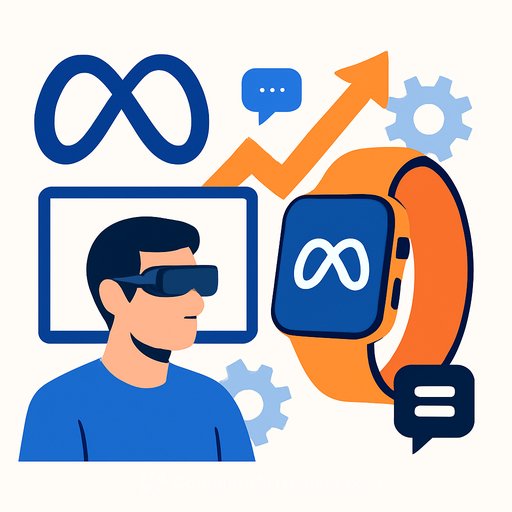AI drives next phase of food product development
Launches: 22 October 2025
Updated: 22 October 2025
Starday has introduced Starday Innovation, an AI-based platform built to speed up how food and beverage products move from idea to shelf. It fuses AI with culinary research and business data so product teams can spot viable concepts faster and refine them with less guesswork. The goal is simple: turn noisy consumer signals into clear briefs, sharper formulations, and better pitches.
What's inside Starday Innovation
- Trend analysis: Surfaces emerging ingredients, formats, and benefits backed by data, not hunches.
- Consumer content review: Distills reviews and community conversations into concrete needs, dislikes, and must-fix issues.
- Predictive demand modelling: Estimates demand potential so you can size concepts before heavy spend.
- Product feedback insights: Structures qualitative and quantitative feedback to prioritize attributes, claims, and pack choices.
- Retail product database: Maps current shelf, pricing, and options to position your concept with a clear competitive angle.
Why it matters for product development teams
- Shorter time from insight to concept brief.
- Earlier kill calls on weak ideas, with evidence to align stakeholders.
- Clearer attribute targets for R&D and sensory to work against.
- Stronger retailer pitches anchored in data and market gaps.
How to run a 30-day pilot
- Week 1: Define two focus territories (e.g., gut health rice, allergen-free snacks). Pull trend, consumer, and shelf signals. Draft problem statements.
- Week 2: Use predictive demand outputs to rank concepts. Set attribute targets (taste, texture, claims) and guardrails (cost per unit, pack size).
- Week 3: Build quick sensory or small-panel reads. Pipe results into the platform's feedback insights to refine formulas and claims.
- Week 4: Create buyer-ready one-pagers: concept rationale, demand estimate, shelf fit, price tier, and trial plan.
- Governance: Set approval gates tied to data thresholds (e.g., minimum predicted velocity, targeted margin).
- Handoff: Export briefs into your existing templates and move to benchtop samples with clear success criteria.
Where it fits in your stack
Use the platform upstream, before heavy formulation and packaging spend. Keep it close to insights, brand, and R&D so decisions tie back to data. It won't replace sensory, cost modelling, or compliance work-it helps you focus them on the concepts that have a real shot.
Company context
Starday's launch follows an $11 million Series A earlier this year, funding retail expansion and deeper CPG partnerships. The company also builds better-for-you brands, including Habeya (allergen-free sweet potato crackers) and Cozumi (gut-friendly rice blends). That operator perspective shows up in the toolset: it prioritizes speed, clarity, and evidence.
KPIs to track from day one
- Time from brief to buyer-ready concept.
- Concept kill rate before benchtop spend.
- Predicted vs. actual trial velocity at launch.
- Number of sample cycles per winning concept.
- Per-concept research cost and decision latency.
Risks and guardrails
- Trend noise: Validate fast-moving signals with small controlled tests before scaling.
- Data bias: Balance social/review data with panel inputs to avoid skewed claims.
- Compliance: Run claims and labeling through established review. For reference, see FDA guidance on food labeling here.
- Retail readiness: Tie outputs to clear price-pack architecture and margin targets to avoid shelf mismatches.
What this means for your next brief
If your pipeline is heavy on guesswork and light on proof, this is worth testing. Start small, set hard gates, and let the data decide where you put your formulation hours. The upside is fewer dead ends and more buyer-ready concepts-built faster.
If you want to upskill your team on practical AI for product roles, explore focused training options at Complete AI Training.
Your membership also unlocks:






